A year on, how King Charles came out of darling Mama’s shadow
Buckingham Palace officials do not like to admit it but when the King ascended the throne a year ago, there was a certain nervousness about what the future might hold.
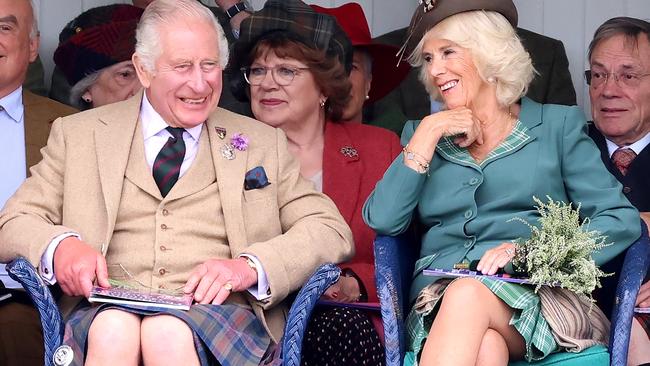
Buckingham Palace officials do not like to admit it but when the King ascended the throne a year ago, there was a certain nervousness about what the future might hold.
The late Queen had been such a respected figure, and had reigned for so long, that those close to the King were understandably apprehensive about how the public would react to the new monarch.
A source who knows the King well said: “Before he acceded the throne, there was obviously a lot of nervousness around what would happen to the country following the demise of the Queen. And there was certainly nervousness around how people would accept him in those first few days.”
However, within a day of her death, when the King made his first address to the nation, in which he spoke of his “profound sorrow” at the loss of his “darling Mama”, that nervousness began to dissipate.
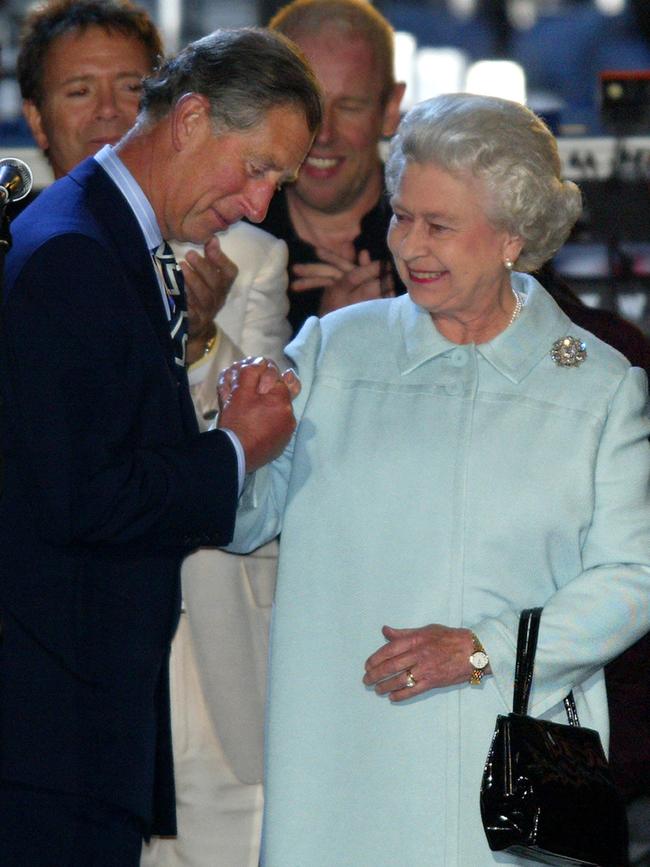
“Immediately, things began to steady themselves,” said the source. Since then, the source argues, the King has shown himself to be sure-footed, and has enabled the public to refocus on the causes he champions, including the environment.
That much would seem to be borne out by opinion polls. A recent survey by YouGov found that 59 per cent of people thought the King was doing a good job. As for Charles, who became monarch a year ago on Friday, he seems to be thriving: “Someone who knows him well said to me, ‘He looks ten years younger and he has got a real sense of purpose about him,’” said the source.
That is perhaps not surprising, given that Charles and his advisers had been planning for his new job for years. Officials had been mapping out what he would do in his first few months – the overall picture, rather than the actual detail – which means that nothing that has happened over the past year has been by chance.
“He has been at pains to make sure that as he has gone around in his first year; that he has spent time with a wide range of religious communities, as well as different ethnic communities, showing in deeds rather than just words that he is mindful that we are, as he has always said, ‘a community of communities’,” said the source.
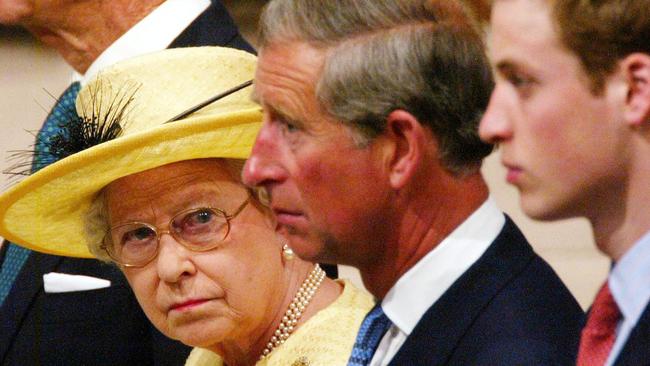
A few weeks after chaos broke out at the Manston migrant centre in Kent, the King sat down for a cup of tea in Aberdeen with refugees who had fled conflict in Ukraine, Syria and Afghanistan.
The style of royal engagements has changed. Charles is more accessible, more visible, more likely to engage with the public than his mother. Some events, such as the reception to mark the 50th anniversary of Ugandan Asians coming to Britain, and the event at Buckingham Palace for members of the Windrush generation, whose portraits were commissioned when he was Prince of Wales, are clear reflections of the King’s interests.
Slowly, but unmistakably, Charles has stamped his personality on the role of sovereign. One source close to him says he has “set out his stall” of themes that interest him: the Commonwealth, climate change, culture and community.
Unlike with the late Queen, who was more enigmatic than her eldest son, everyone knows what the King believes in and his passions.
It was a shift, then, when the government told him it did not want him to attend the Cop27 climate summit in Egypt. Charles would have loved to have gone, said a source, but, mindful of his new constitutional role and how being King differed from being Prince of Wales, he accepted the situation and hosted a reception at Buckingham Palace instead.
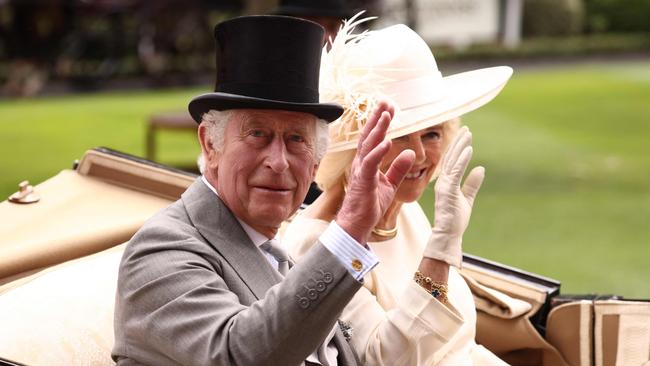
Along with climate and community, there is another C-word that is more controversial: caretaker. A recent report in The Sunday Times suggested that he has not been the reforming King some might have expected, and had realised that the real changes will come when William is on the throne.
“He needs to be careful he doesn’t end up being just a caretaker king,” one friend warned.
That suggestion went down badly at Buckingham Palace, where sources argue that the idea that Charles is a stop-gap sovereign is “fanciful”. They are equally dismissive of the suggestion that the King has found his new workload, including dealing with daily government red boxes, onerous. That, they say, paints a picture that is unfamiliar for anyone who knows him well. “He has a phenomenal appetite for work,” said one source. If his new state duties are an additional burden in his daily routine, the question is not so much whether he is up to it but “how do we fit it all into one day?”
According to one source, if anyone is feeling any strain at all, it may be his officials: “It has surprised some people at Buckingham Palace how much more work is being expected of people.”

Robert Lacey, the royal historian, believes the King has introduced significant changes in how the sovereign should fulfil their role, as became apparent when President Joe Biden visited Windsor Castle in July.
Not only was it a personally warm encounter, it was a meeting of substance when the two men had a briefing from the participants of a climate finance meeting that had taken place earlier outside the castle. “Biden was not coming for the standard photo opportunity with a royal, which all American presidents like,” Lacey said. “He came because of Charles’s climate credentials.
“I find that fascinating, constitutionally. There was one head of state talking to Britain’s head of state about an issue of substance, which would not have been the case with the Queen.
“The Queen’s forte was ‘stay independent, stay out of politics, that’s the only way’. Charles is showing another way to do things. We have got an independent head of state who can lend weight to the political decisions of an elected government.”
Lacey added: “We always took it for granted that a royal speech should have no feeling in it – but actually Charles has shown the ability to express emotion in his speaking. The power of his early speeches in his reign is that they did contain feeling.”
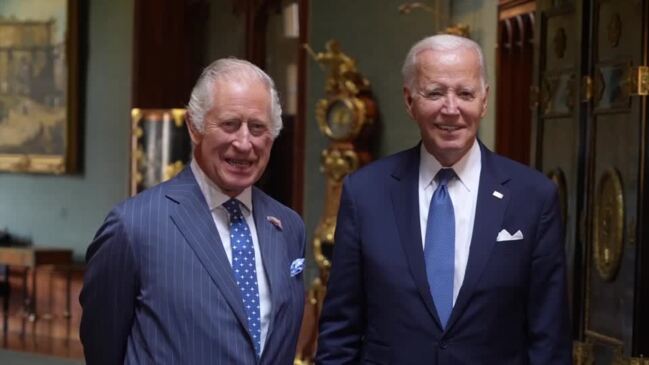
However, there is also a sense that the monarchy has spent the past year in a holding pattern: are there real changes to come?
Anna Whitelock, professor of the history of monarchy at City, University of London, said that so far his reign has promised more than it has delivered. “We have been in an unofficial year of mourning for the late Queen. The monarchy is still very much defined by her and her shadow. The King has not made great strides in defining himself.”
Joe Little, the editor of Majesty magazine, said: “If this were a school report, you would say that at the end of the first year a considerable progress has been made but there is still much work to be done, particularly with the streamlining of the institution.
“There are so many palaces and castles that are not occupied for a lot of the time. That is quite tricky. Is there a need for Buckingham Palace to be the office in the way that it was? Could it not become more of a year-round museum?”
Palace officials have insisted that when the refurbishment programme is completed, the King and Queen, still based at Clarence House, will move back in – but many observers are sceptical that this will happen.

Even if the monarchy has not changed radically, the King has shown that, at the age of 74, he is capable of personal change: he is not someone who has ever shown great interest in horse racing, unlike his mother, which meant many people were hugely surprised when he attended Royal Ascot on all five days. “The more he is actively engaged in the whole process of the racing industry, the more interesting and rewarding he finds it,” a source said.
He is also taking an active interest in the royal stud. Julian Muscat, an author on royal thoroughbreds, said: “John Warren [the late Queen and now the King’s racing adviser] told me in April that when he spoke to the future king 20 or 30 years ago, he said racing was a bit like gardening: until you had your own garden, it was something you didn’t think too much about. Once you do, you have to tend it and weed it and plant and develop, enhance it. Now he is being true to his word.”
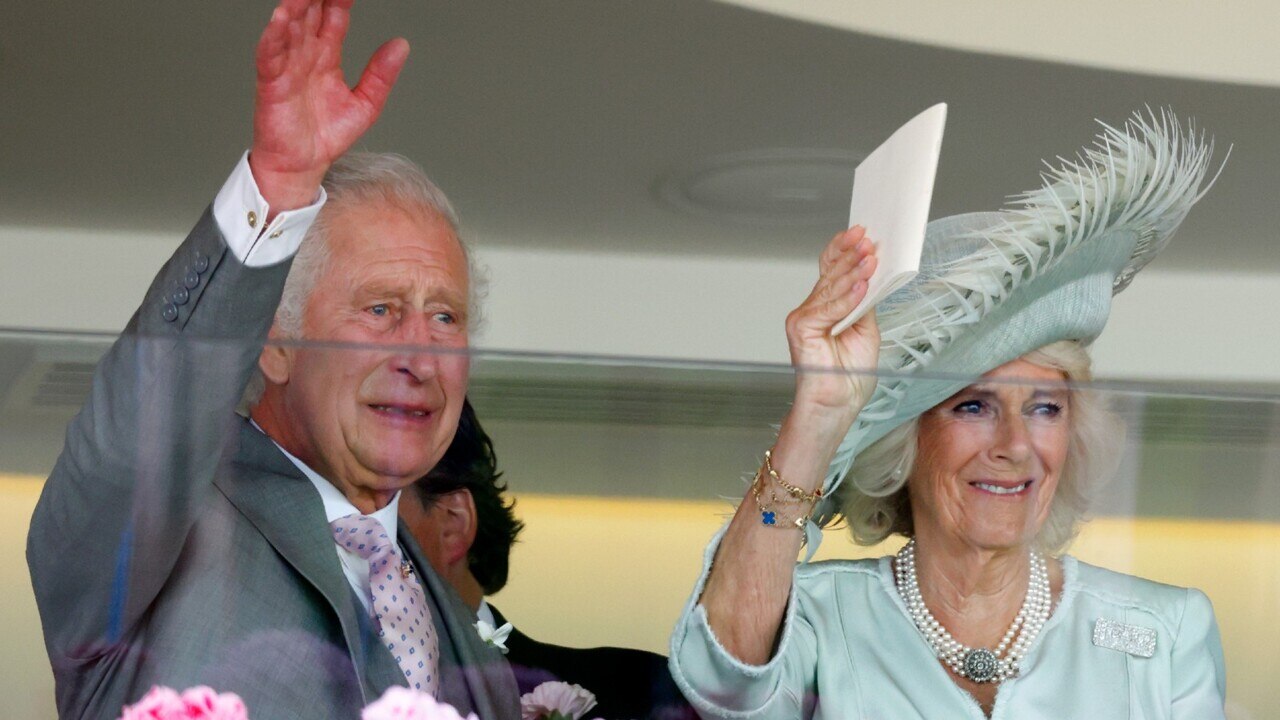
The King and Queen are expected to go to Doncaster to watch his horse Desert Hero race in the St Leger this month.
For that, credit should doubtless go to his wife. This is the woman about whom, not long ago, there was a question mark over whether she would be Queen.
Now, according to most commentators, she is looking increasingly confident in the role.
It was notable recently that she took time away from the couple’s Balmoral break to carry out two engagements in London. In the words of one source, she “lightens the load” for the King.
“They so enjoy each other’s company. They remain each other’s best adviser. In moments of doubt or anxiety, they are each other’s problem solver.” However, challenges lie ahead. One is the state visit to Kenya in the autumn, which, in the words of David Anderson, professor of African history at the University of Warwick, “could be a bit ticklish”.
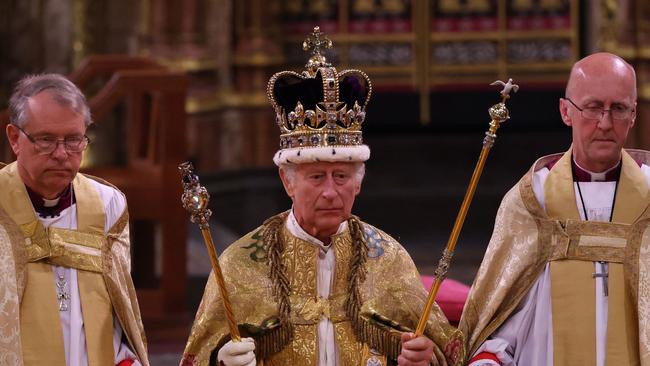
With memories still fresh from William and Kate’s unfortunate tour of the Caribbean last year, there are concerns that activists could raise the issue of Britain’s treatment of the Mau Mau rebels in the 1950s.
There is also the question of President Ruto, 56, who was charged with crimes against humanity by the International Criminal Court (ICC), although they were later dropped. Anderson said: “The truth is that Ruto’s reputation internationally is badly tarnished by his past.
He is distrusted in Europe and North America because of his previous associations with organised political violence – in the post-election violence of 2008, which resulted in his appearing before the ICC, but also in the ‘ethnic cleansing’ of the late 1990s in Kenya’s Rift Valley.”
In turn, Ruto does not trust Britain, says Anderson. With Britain keen to maintain Kenya as a strategic ally and Ruto hoping to promote himself as an international statesman, he will roll out the red carpet – but it won’t be a visit full of great personal warmth. “It will be business-like,” Anderson said.
The Times





To join the conversation, please log in. Don't have an account? Register
Join the conversation, you are commenting as Logout